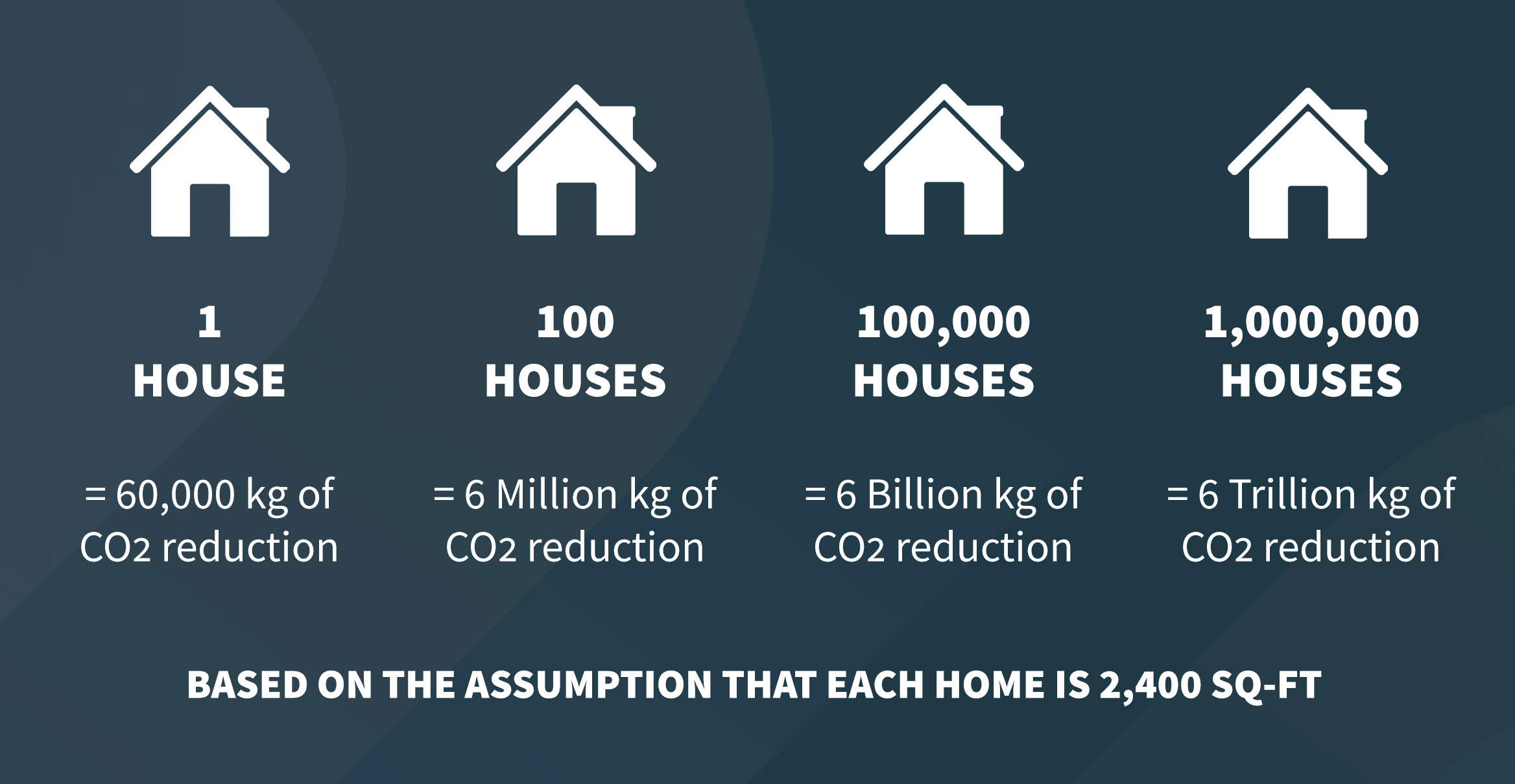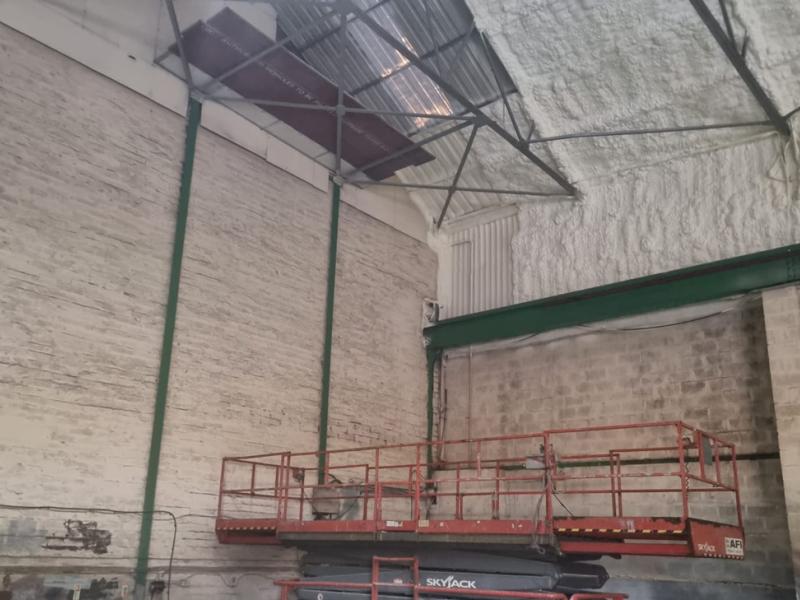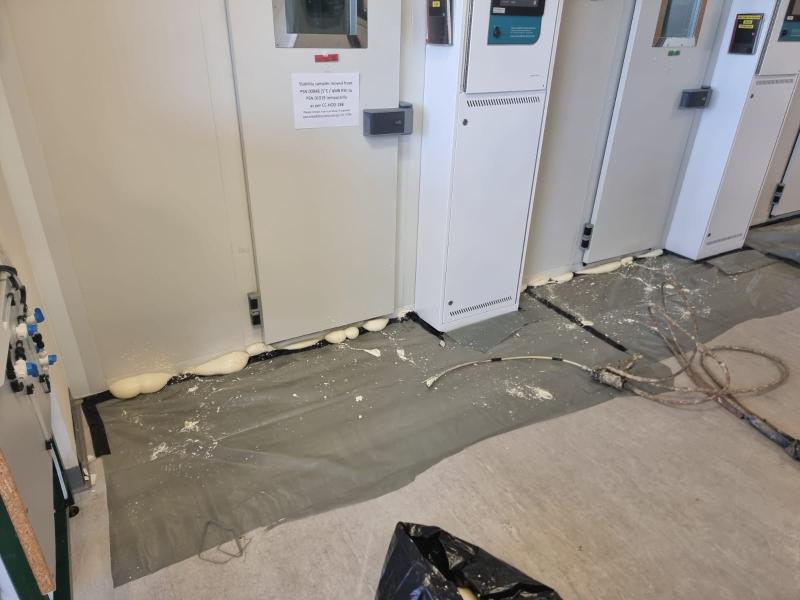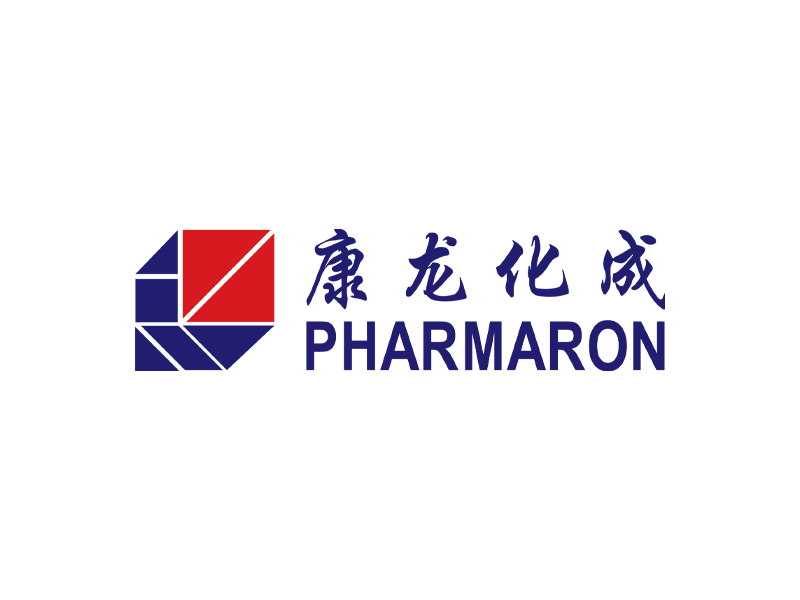Next Generation Spray Foam Continues to Provide Superior Insulation—Now With a Smaller Environmental Footprint
Eco and Green Technology to reduce Carbon emissions
Understanding Closed Cell SPF
Spray polyurethane foam (SPF) offers many long-lasting benefits that other insulations simply cannot. From lowering energy costs with superior air sealing to providing long-lasting durability that won’t sag as it ages, the SPF performance difference is significant. And beyond insulating properties, new closed cell SPF insulation formulations also have far-reaching environmental benefits. In order to focus on the benefit of closed cell SPF, it’s important to first understand the difference between open cell and closed cell SPF formulations.
Open Cell SPF
Open cell SPF is a lower density foam insulation that utilizes water as its blowing agent. This comes with both positive and negative consequences. On the plus side, the use of a water blowing agent has minimal global warming potential (GWP). However, the lower density of open cell SPF, and its reliance on air as the insulation gas, equates to a lower R-value. With an R-value around 3.7 per inch, open cell spray foam performs only slightly better than traditional fiberglass insulation.
Closed Cell SP
Closed cell SPF uses a higher density and insulating gas, which leads to superior insulation—with R-values that can exceed 7 per inch. This efficiency results in a lower carbon footprint than open cell on an equal thickness basis. The challenge? It comes with a higher upfront cost and its blowing agent has historically had a higher GWP. However, closed cell SPF offers a quick return on investment, and changes to the chemical formulations of blowing agents have led to fourth generation closed cell technology that offers ultra-low GWP—making modern closed cell SPF the smarter choice for your building and the planet.
Over 99% GWP Reduction
A structure that is both energy efficient and good for the environment benefits the builder, architect, homeowner or tenant, and community at large. Recent scientific breakthroughs have significantly reduced the GWP of the critical blowing agent in closed cell SPF.
While many early closed cell spray foams were made with hydrofluorocarbon (HFC) blowing agents—with a GWP potentially over 1,000—fourth generation closed cell SPFs leverage hydrofluoroolefin (HFO) technology instead. The switch from HFC to HFO may seem minor, but it’s a game changer.
How substantial is this environmental impact? An HFObased closed cell SPF can reduce greenhouse gas emissions by approximately 60,000 kilograms of carbon dioxide (CO₂) compared to traditional HFC-based spray foam insulation over the life of the building². Multiply that by the number of houses in a community, city, or state, and the reduction in CO₂ emissions has the potential to grow exponentially.
In addition to lowering GWP, HFO blowing agents in closed cell SPF reduce waste by providing life-long insulation solutions, minimizing the need for replacement. And HFOs break down into water, salt and fluoride—unlike HFCs, which can linger in the environment for years. All of these characteristics make next generation closed cell SPF the sustainable choice for insulation.
CO₂ Reduction Potential of Closed Cell SPF

Saving Energy (and Money)
Beyond minimizing the environmental impact of your insulation material, closed cell SPF insulation can play a key role in reducing a building’s lifetime energy consumption. Unlike rolled fiberglass or rigid foam boards, SPF can fill even the smallest cracks, gaps, and seams to form an air-tight layer of protection. With this level of control and closed cell SPF’s increased R-value, installers can insulate a building more effectively.
The higher quality of this insulation means better protection against moisture penetration, dust and pollen infiltration, and, most importantly, the air leaks that can put a strain on HVAC systems. Up to 70% of the energy used in American homes can be attributed to heating and air conditioning, and air leaks account for more than half of the energy loss in these buildings³. If all of these homes were insulated with closed cell SPF, it could result in a nationwide energy savings of up to $33 billion annually⁴.
Along with lower energy bills, tax rebates and credits are also offered to builders, architects and homeowners who install SPF insulation.
Insulating with closed cell spray foam is an important investment; while it may have a higher up-front cost, the reduction in energy required to heat and cool a building lead to significant lifetime savings and end-user value.
Comparative Thermal Performance
| Insulation Material | R-value per inch |
|---|---|
| Batts and rolls | R-2.9 to R-3.8 |
| Rigid foam board | R-4 to R-6.5 |
| Structured insulated panels (SIPs) | R-3.6 to R-7 |
| Loose fill and blown-in | R-2.2 to R-3.8 |
| SPF | R-3.7 to R-7+ |
Closed cell SPF offers an R-value per inch of R-6.5 to R-7.0, making it the most energy efficient choice among top insulation technologies. SPF is ideal for use in walls, attics, under floors, roofs, and small, cramped spaces.
⁴ https://dii.americanchemistry.com/Why-Spray-Foam-Infographic/
Better for the Environment: Cradle-to-Grave
Life Cycle Analysis (LCA) is an internationally acknowledged way to measure a product’s environmental impact over the course of its lifetime, or “cradle to grave”. In the case of spray foam insulation, this includes manufacturing, installation, term of use, and end-oflife disposal.
While the manufacturing of all closed cell SPFs proved comparable, the data in this study showed that emissions from next generation closed cell SPF insulation are virtually non-existent from installation to end-of-life incineration.
While environmental concerns may prevent some builders and architects from selecting SPF insulation, newer closed cell SPF technology eliminates this environmental concern—along with nearly all greenhouse gas emissions. This combination of low GWP with high insulation characteristics prove that modern spray foam can have a big impact while leaving a small footprint.
Spray Foam Sustainability Earns LEED Credits
Leadership in Energy and Environmental Design (LEED) certification is vital for any builder or architect looking to establish industry leadership and a competitive advantage. Aside from the recognition as a “green construction” innovator, LEED certification comes with many other benefits. Certification can lead to zoning allowances and tax incentives for builders and architects. And for homeowners, LEED-certified houses often increase a home’s value and can lower insurance premiums⁵.
The reduction in GWP and increase in energy efficiency means the use of closed cell SPF insulation can contribute to LEED certification credits in the following areas:
- Energy and Atmosphere
- Innovation in Design
- Materials and Resources
- Indoor Environmental Quality
⁵ https://www.constructiondive.com/news/building-to-leed-could-raise-a-homes-resale-value/446778/
























